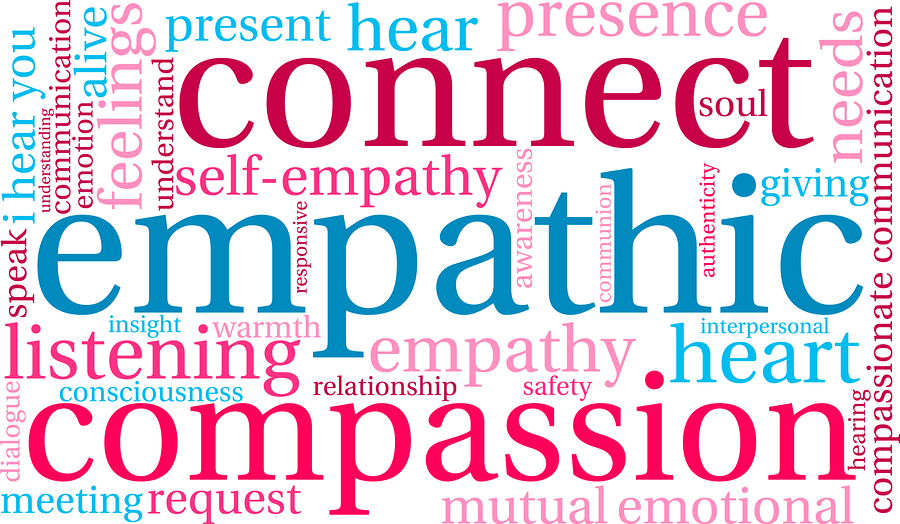Empathy in leadership is often misinterpreted. It simply means putting ourselves in the shoes of other people. It is often mistaken for getting caught up in drama, sympathy, or counseling.
Many a time I have heard leaders share that if they provide empathy, there will be a line-up outside their office door. This is not the case. Let’s look at what it is.
Empathy is the ability to understand and share the feelings of another (Oxford Dictionary). It is about holding the space for another person to share their story without judgment. When they can share and we can truly listen, they feel heard and recognized. What we are listening for is the emotion they may be experiencing and, then, sharing that with them. This helps them clarify what it is that they are feeling, so that they can then process it and/or move forward.
In her book Dare to Lead (2018), Bréne Brown offers a 5-step process – the first 4 steps from the work of Therese Wiseman and the 5th from the work of Kristin Neff:
- Perspective taking – to see the world as the other sees it
- Be nonjudgmental – you don’t have to agree with their perspective, but understand that it is their truth
- Understand the other person’s feelings
- Communicate your understanding of the person’s feelings – you don’t have to get it perfectly correctly
- Mindfulness – pay attention without getting over-identified, exaggerating feelings or minimizing them
Empathy supports you to attend to the “fears and feelings” (Brown, 2018) of your people, so that they are heard, acknowledged, and can re-center and/or move forward. There is no perfect with empathy. At times, we will do well with it and, at others, it will be messy, but we can circle back and try again.
Without empathy, people remain in unprocessed emotion, limbo or stuck. This impacts the way that they show up, their team dynamics, and the energy that they have available and are willing to contribute to work. When we can provide empathy, it supports the other person, the team and ourselves.
Empathy is a critical leadership competency.
How do you demonstrate empathy and what is the impact? What would support you to further develop your empathy practice?
Jamie
Copyright @ 2020. Spark Success Coaching Inc. All rights reserved.
Brown, Bréne (2018). Dare to lead. New York, NY: Penguin Random House LLC.

